| Author: | Major Willie Redmond | ISBN: | 9781782892540 |
| Publisher: | Lucknow Books | Publication: | August 15, 2014 |
| Imprint: | Lucknow Books | Language: | English |
| Author: | Major Willie Redmond |
| ISBN: | 9781782892540 |
| Publisher: | Lucknow Books |
| Publication: | August 15, 2014 |
| Imprint: | Lucknow Books |
| Language: | English |
“Trench sketches by well-known Irish nationalist MP Major ‘Willie’ Redmond. A memorial volume published after his death at Messines in June 1917
.
This is much more than a run-of-the mill account of an officer’s life in the trenches of the Great War. The author of these sketches, Major Redmond, (1861-1917) was a well-known moderate Irish nationalist politician... ‘Willie’ Redmond was himself a nationalist MP, but at the outbreak of the war, although well over military age, he took the view that the war was a fight for all small oppressed nations, and that Irishmen should not stand apart from the struggle. The deaths of women and children in German Zeppelin raids seems to have been the final spur that impelled him to don a British uniform. In his own words ‘If the Germans come here ..they will be our masters, and we at their mercy. What that mercy is likely to be, judge by the mercy shown to Belgium’. Redmond helped found the Irish Division and arrived at the front in the winter of 1915. He saw service on the Somme....One of his favourite themes - and the subject of a chapter in this book - was the brotherhood forged in the trenches between the politically divided Protestants of Northern Ireland and his fellow Catholics from the south. Ironically, it was Protestant stretcher-bearers who brought the severely wounded Redmond in from the battlefield of Messines to the dressing station where he died of his wounds in June 1917 at the opening of the successful British offensive. Much mourned by Irish people of all political and religious beliefs, Redmond left a legacy of political tolerance and self-sacrifice. These sketches, first published in the ‘Daily Chronicle’, cover such subjects as religion in the trenches, the capture of Ginchy on the Somme, No-Man’s Land and pets in the trenches...Will interest not only those keen on Great War literature, but also all students of Irish history.”-Print ed.
“Trench sketches by well-known Irish nationalist MP Major ‘Willie’ Redmond. A memorial volume published after his death at Messines in June 1917
.
This is much more than a run-of-the mill account of an officer’s life in the trenches of the Great War. The author of these sketches, Major Redmond, (1861-1917) was a well-known moderate Irish nationalist politician... ‘Willie’ Redmond was himself a nationalist MP, but at the outbreak of the war, although well over military age, he took the view that the war was a fight for all small oppressed nations, and that Irishmen should not stand apart from the struggle. The deaths of women and children in German Zeppelin raids seems to have been the final spur that impelled him to don a British uniform. In his own words ‘If the Germans come here ..they will be our masters, and we at their mercy. What that mercy is likely to be, judge by the mercy shown to Belgium’. Redmond helped found the Irish Division and arrived at the front in the winter of 1915. He saw service on the Somme....One of his favourite themes - and the subject of a chapter in this book - was the brotherhood forged in the trenches between the politically divided Protestants of Northern Ireland and his fellow Catholics from the south. Ironically, it was Protestant stretcher-bearers who brought the severely wounded Redmond in from the battlefield of Messines to the dressing station where he died of his wounds in June 1917 at the opening of the successful British offensive. Much mourned by Irish people of all political and religious beliefs, Redmond left a legacy of political tolerance and self-sacrifice. These sketches, first published in the ‘Daily Chronicle’, cover such subjects as religion in the trenches, the capture of Ginchy on the Somme, No-Man’s Land and pets in the trenches...Will interest not only those keen on Great War literature, but also all students of Irish history.”-Print ed.

![Cover of the book Machine Gunner’s Notes, France 1918 [Illustrated Edition] by Major Willie Redmond](https://www.kuoky.com/images/2014/august/300x300/9781782895671-tXJO_300x.jpg)
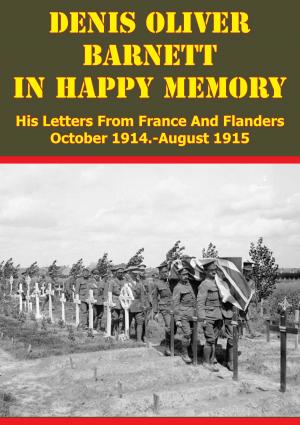
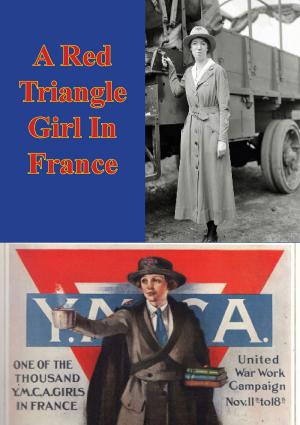
![Cover of the book ANZIO BEACHHEAD (22 January-25 May 1944) [Illustrated Edition] by Major Willie Redmond](https://www.kuoky.com/images/2014/august/300x300/9781782894629-iiVi_300x.jpg)
![Cover of the book Road To Huertgen: Forest In Hell [Illustrated Edition] by Major Willie Redmond](https://www.kuoky.com/images/2014/august/300x300/9781782898467-CKj5_300x.jpg)
![Cover of the book The Emma Gees [Illustrated Edition] by Major Willie Redmond](https://www.kuoky.com/images/2015/november/300x300/9781786255501-8RDw_300x.jpg)

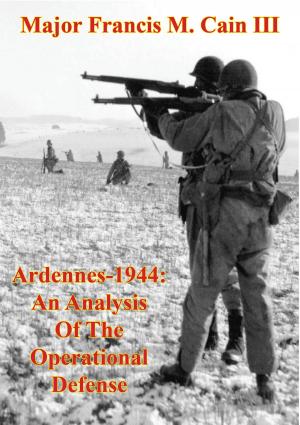

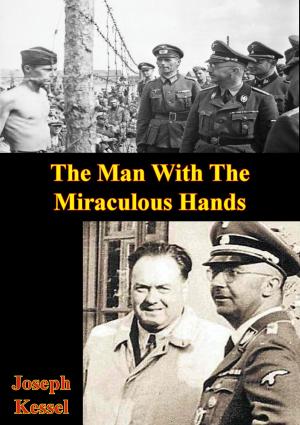
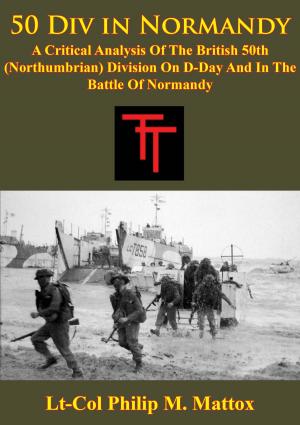
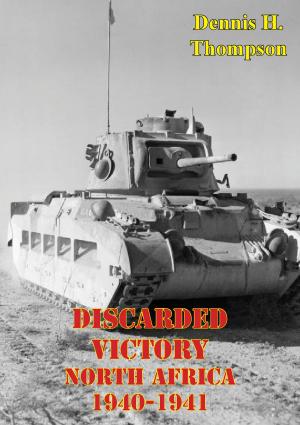


![Cover of the book FIFTH ARMY AT THE WINTER LINE 15 November 1943 - 15 January 1944 [Illustrated Edition] by Major Willie Redmond](https://www.kuoky.com/images/2014/august/300x300/9781782894605-n3t1_300x.jpg)